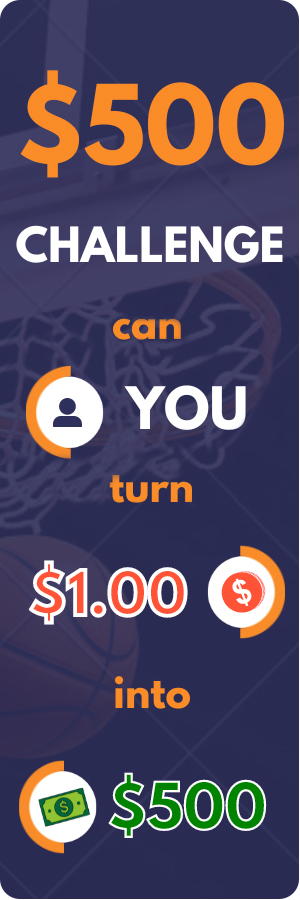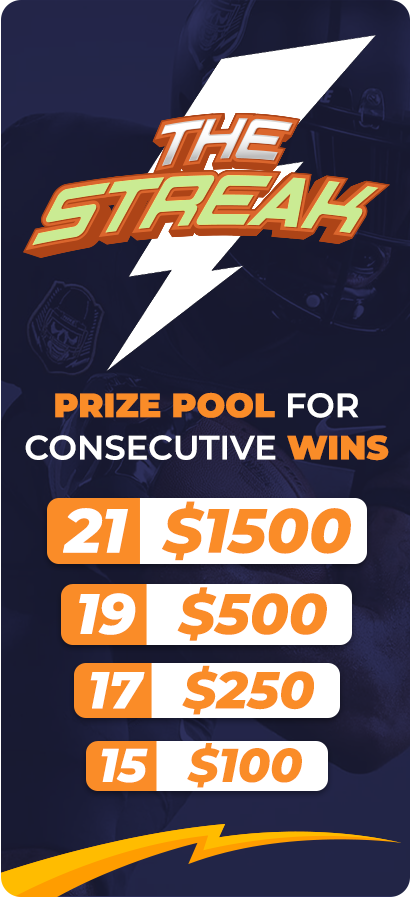Why the NFL and MLB Are Considered the Best Sports to Bet on by Data-Driven Bettors
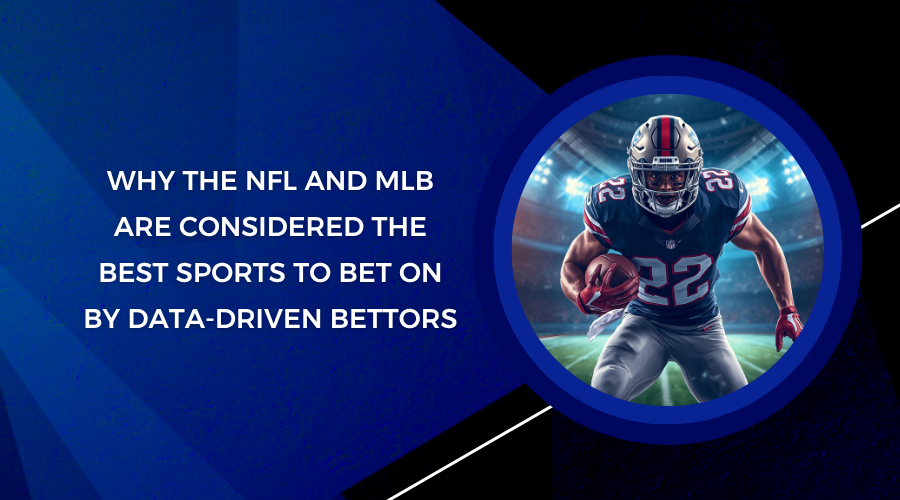
Professional sports bettors who rely on statistical models and quantitative analysis gravitate toward two leagues above all others: the National Football League and Major League Baseball. These leagues attract analytical bettors because they provide extensive statistical coverage, predictable scheduling patterns, and betting markets with enough liquidity to accommodate large wagers without moving the lines too dramatically.
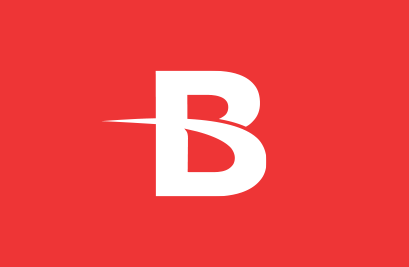
$250 in Free Bets

200% Bonus - Reduced Juice
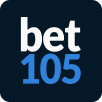
Reduced Juice Lines (-105)
The Mathematics Behind MLB Betting Success
Baseball's 162-game regular season creates an enormous dataset that sharp bettors exploit through statistical modeling. Each team plays nearly every day from April through September, generating thousands of data points across pitching matchups, batting statistics, and situational performance metrics.
The 2025 MLB season demonstrates why analytical bettors favor baseball. According to Covers.com data from October 2025, the Miami Marlins have produced +2,103 units of profit for bettors despite finishing with a 79-83 record. The Milwaukee Brewers generated +2,029 units with their 97-65 record, while the Toronto Blue Jays added +1,677 units at 94-68. These numbers show that winning percentage alone doesn't determine betting profitability.
Team statistics provide the foundation for predictive models. The Texas Rangers lead MLB with a 3.47 team ERA in 2025, followed by the Milwaukee Brewers at 3.58 and the San Diego Padres at 3.63. On the offensive side, the Blue Jays top the league with a .265 team batting average and 191 home runs, while the Los Angeles Dodgers have hit 244 homers, most in baseball. Bettors use these metrics to identify pitching mismatches, predict scoring patterns, and spot teams that oddsmakers have mispriced.
Smart Money Management for NFL and MLB Betting
Professional sports bettors treat bankroll management as seriously as their statistical models. They typically allocate 1-3% of their total bankroll per wager and track every bet meticulously. Some use flat betting systems while others employ Kelly Criterion calculations to determine optimal stake sizes based on perceived edge.
Beyond unit sizing, savvy bettors maximize their returns through promotional offers across multiple sportsbooks. Platforms like DraftKings, FanDuel, and BetMGM regularly offer deposit matches and risk-free bets for new users. For instance, someone starting their NFL betting might use a betmgm bonus code alongside similar promotions from Caesars or PointsBet to build their initial bankroll. This approach of line shopping and bonus harvesting can add 15-20% to expected value over a full MLB or NFL season.
Reading the Market Through Public Betting Splits
Sports Betting Dime tracks the percentage of money and number of bets placed on each side of every MLB game. These splits reveal gaps between casual bettors and professionals. During Game 6 of the 2025 ALCS between Seattle and Toronto, 54% of moneyline handle and 55% of tickets backed the Mariners as road underdogs. Yet on the totals market, 75% of tickets favored the over while only 51% of the handle did, suggesting large professional wagers on the under.
This divergence between ticket count and handle percentage signals professional action. When 60% of the money backs one side but only 30% of the bets, it typically means a few large wagers from sharp bettors are influencing the market. Data-focused bettors monitor these splits to identify value and anticipate line movements.
Why Football Commands the Largest Handle
The NFL attracts more betting dollars than any other American sport. Each team plays only 17 regular season games, making every contest an event that draws massive public attention and betting action. This concentrated schedule means oddsmakers scrutinize each game intensely, creating efficient but still beatable markets for those with superior information or models.
NFL analytics have grown increasingly sophisticated through platforms like Pro Football Focus and ESPN's Football Power Index. Bettors now access detailed metrics on quarterback pressure rates, receiver separation, offensive line performance, and defensive coverage schemes. These granular statistics enable model builders to identify edges that casual bettors miss when they focus solely on wins, losses, and basic offensive statistics.
Baseball's Statistical Depth Creates Betting Opportunities
MLB provides more granular data than any other major sport. Statcast tracks exit velocity, launch angle, and expected batting average on every batted ball. FanGraphs publishes advanced pitching metrics like FIP (Fielding Independent Pitching) and xFIP (expected FIP). Baseball Reference maintains historical databases going back over a century.
Sabermetrics has transformed how sharp bettors approach baseball wagering. They incorporate ballpark factors, weather conditions, umpire tendencies, bullpen usage patterns, and platoon splits into their models. The Colorado Rockies consistently produce high-scoring games due to Coors Field's thin air and spacious outfield, making them a reliable over bet in certain conditions. Meanwhile, teams like the Tampa Bay Rays excel at covering the run line through strong pitching and defensive positioning.
Market Efficiency and Liquidity Considerations
Both leagues offer betting markets liquid enough to absorb substantial wagers without dramatic line movement. MLB's 2,430 regular season games and the NFL's 272 regular season contests create enough volume for professional bettors to place their action across multiple games and sportsbooks.
The public betting record for MLB in 2025 was 1,484-951-4 during the regular season according to Sports Betting Dime data. This consistent volume ensures competitive odds while still allowing sharp bettors to find value through superior analysis and faster reaction to news and lineup changes.
Practical Application of Data in Betting Models
Successful bettors build models that weight various factors differently based on historical performance. An MLB model might emphasize starting pitcher ERA and bullpen strength for totals betting while focusing on recent offensive performance and park factors for run line wagers. NFL models often prioritize turnover differential, red zone efficiency, and rest advantages when evaluating point spreads.
The key lies in identifying which statistics actually predict outcomes versus those that merely describe past performance. A team's record in one-run games tends to regress toward .500 over time, making it a poor predictive metric. Conversely, a football team's success rate on early downs correlates strongly with overall offensive efficiency and future performance.
Conclusion
The NFL and MLB dominate analytical sports betting for concrete reasons rooted in data availability, market structure, and betting volume. Baseball's 162-game schedule provides an enormous sample size for testing models and identifying statistical edges. Football's weekly rhythm allows for deep analysis of each matchup while attracting enough public money to create exploitable inefficiencies. Both leagues publish extensive statistics that feed sophisticated betting models, from MLB's Statcast data to the NFL's NextGen Stats. Professional bettors succeed in these markets by combining rigorous statistical analysis with disciplined bankroll management and a thorough understanding of how betting markets function. As sportsbooks continue expanding and data becomes even more accessible, these two leagues will likely remain the primary focus for quantitative bettors seeking long-term profitability.
Chat 
Rules
The goal of chat is to talk sports and sports betting! Help each other by sharing picks and having a good time!
Below will not be tolerated
You can chat about most things to a certain extent. Exception is absolutely NO talking about Religion or Politics.
- There will be NO talking about others or their families
- There will be NO name calling.
- There will be NO rambling on or repeating the same thing over and over.
- There will be NO racist or sexist comments.
- There will be NO posting of other websites.
Basically treat others the way you would like to be treated.
Break the rules

- 1st warning a 24 hour ban
- 2nd warning 7 day ban
- 3rd warning a lifetime ban
